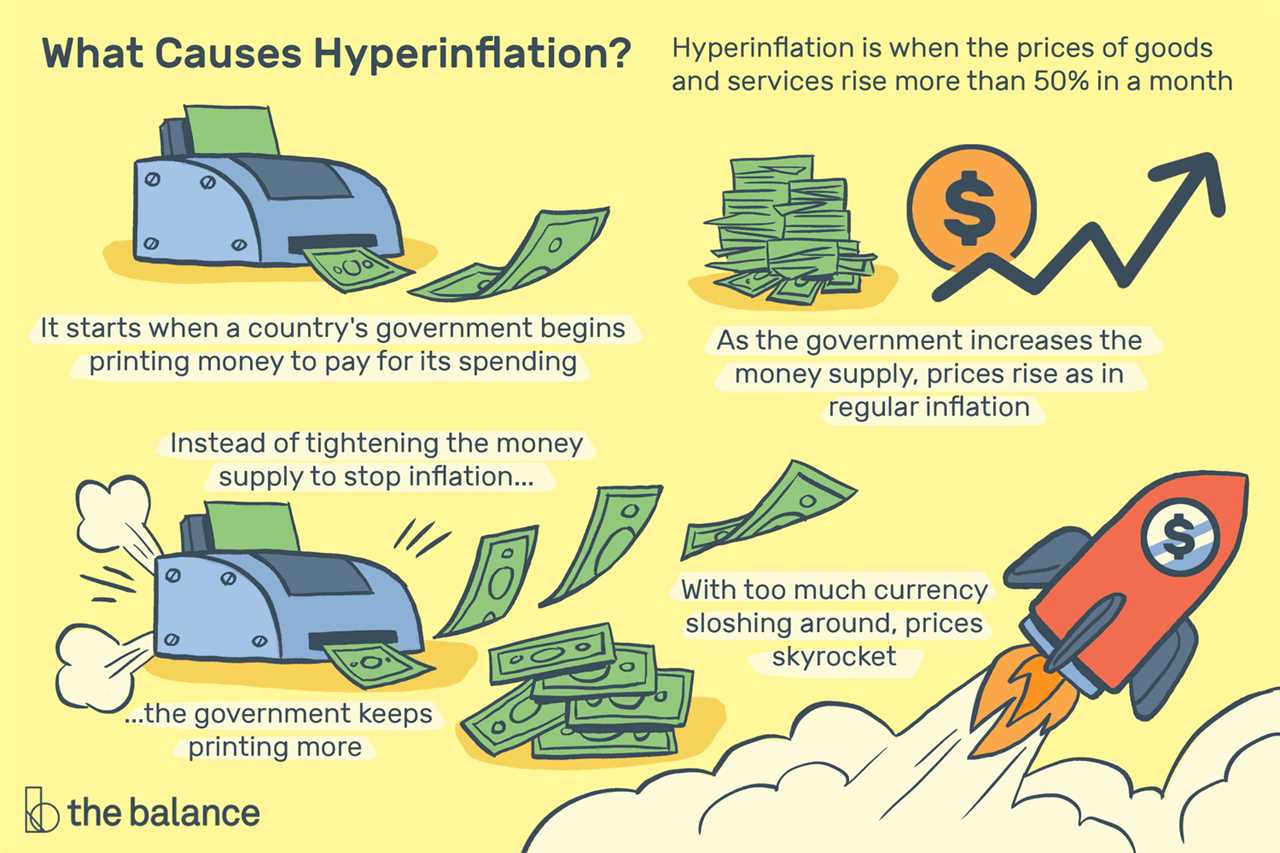Definition of Hoarding
Hoarding is a psychological disorder characterized by the excessive accumulation and inability to discard possessions, regardless of their value or usefulness. It is often associated with obsessive-compulsive disorder (OCD) and can have a significant impact on the individual’s quality of life and relationships.
People who hoard typically experience intense distress at the thought of getting rid of their belongings, leading to a strong attachment and emotional connection to their possessions. This attachment can make it extremely challenging for them to declutter or organize their living spaces.
Hoarding behaviors can manifest in various ways, such as excessive buying and acquiring of items, difficulty making decisions about what to keep or discard, and extreme clutter in the home. The accumulation of possessions can result in cramped living conditions, health and safety hazards, and social isolation.
Mechanics of Hoarding
1. Acquisition
The first step in the mechanics of hoarding is the acquisition of items. Hoarders often have a compulsive need to acquire things, whether they are useful or not. This can involve excessive shopping, collecting free items, or even stealing. The act of acquiring items provides a sense of comfort and security for hoarders.
2. Difficulty Discarding

Once hoarders have acquired items, they find it extremely difficult to discard them. They may have a fear of needing the item in the future or a sentimental attachment to it. Hoarders often believe that every item has value and potential use, making it challenging for them to part with anything.
This difficulty discarding is often accompanied by feelings of anxiety, distress, and guilt. Hoarders may experience a sense of loss or fear of making the wrong decision when deciding to discard an item.
3. Clutter and Disorganization

The accumulation of items leads to clutter and disorganization in the hoarder’s living space. Hoarded items may be piled up, blocking pathways and making it difficult to move around. This clutter can also pose safety hazards, such as fire hazards or tripping hazards.
Hoarding can also result in the loss of living space, as rooms become filled with items and are no longer usable for their intended purpose. This can lead to isolation and social withdrawal, as hoarders may feel ashamed or embarrassed by the state of their living environment.
4. Emotional Attachment
One of the key mechanics of hoarding is the emotional attachment that hoarders develop towards their possessions. Hoarders often assign sentimental value to items, believing that they represent memories, identity, or security.
This emotional attachment can make it even more challenging for hoarders to let go of their possessions. They may fear losing a part of themselves or their history if they discard items. This emotional attachment can also contribute to feelings of comfort and safety, as hoarders surround themselves with familiar objects.
5. Impaired Functioning
Additionally, hoarding can have serious health and safety implications. The accumulation of items can create unsanitary conditions, attract pests, and increase the risk of falls or accidents. Hoarders may also face legal issues if their hoarding violates local regulations or poses a threat to themselves or others.

Emily Bibb simplifies finance through bestselling books and articles, bridging complex concepts for everyday understanding. Engaging audiences via social media, she shares insights for financial success. Active in seminars and philanthropy, Bibb aims to create a more financially informed society, driven by her passion for empowering others.
